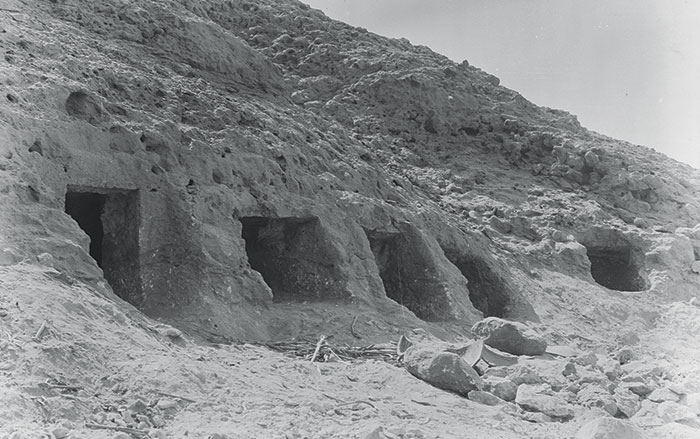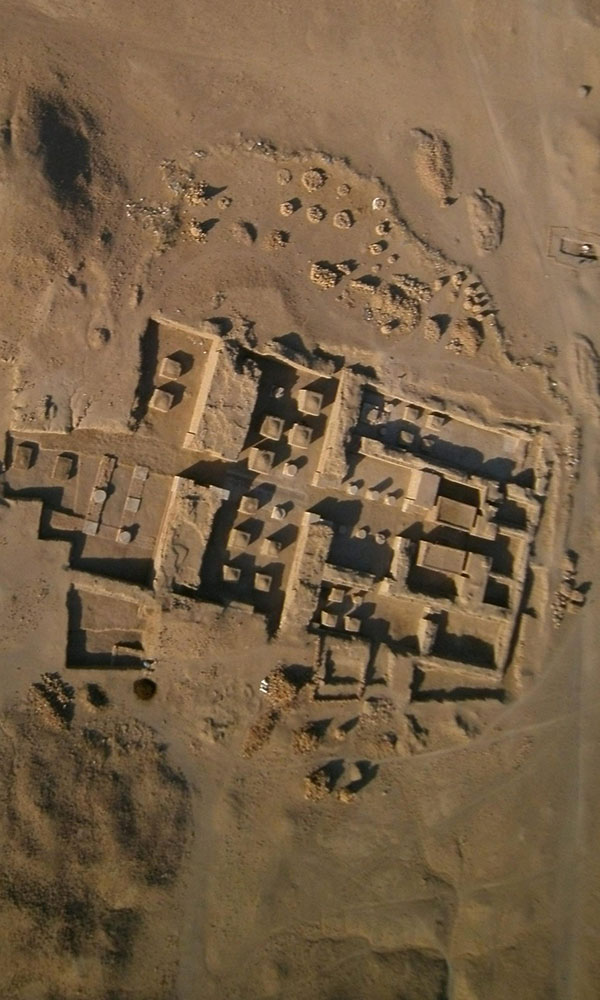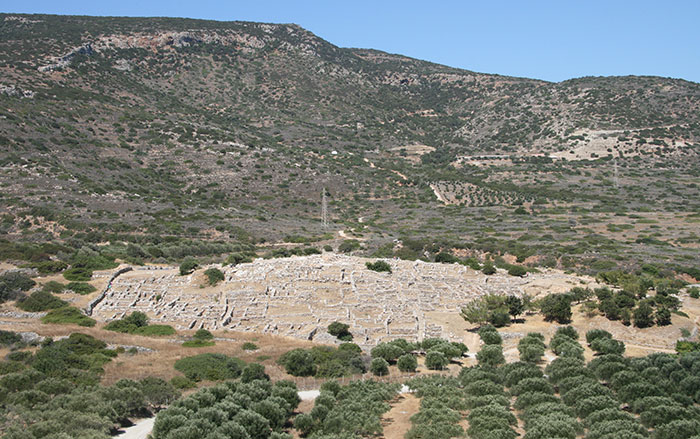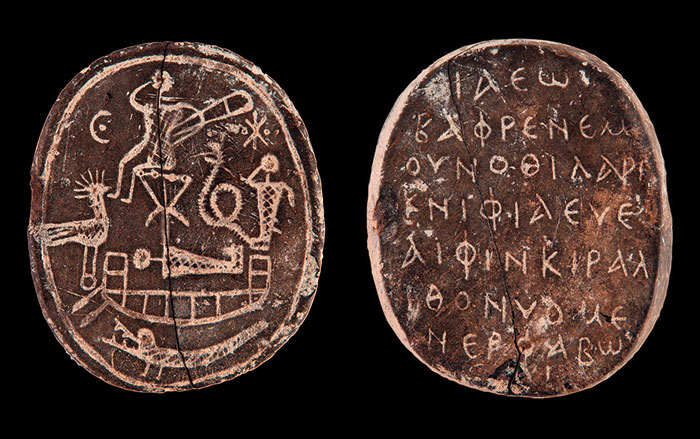
STANFORD, CALIFORNIA—DNA analysis conducted by Eske Willerslev of the University of Copenhagen and Morten Rasmussen of Stanford University suggests that Kennewick Man, discovered in 1996 along the banks of the Columbia River in Washington State, is more closely related to Native American populations than to any other population in the world. It had been thought that the 8,500-year-old skeleton, known as the Ancient One by Native American groups, was more likely to be related to indigenous Japanese or Polynesian peoples, based upon anatomical data. “Although the exterior preservation of the skeleton was pristine, the DNA in the sample was highly degraded and dominated by DNA from soil bacteria and other environmental sources. With the little material we had available, we applied the newest methods to squeeze every piece of information out of the bone,” Rasmussen said in a press release. The study also reveals that Kennewick Man is more closely related to some members of the Confederated Tribes of the Colville Reservation, located in Washington State, than to many other contemporary Native American groups. To read about the earliest people to arrive in North America, go to "America, in the Beginning."











